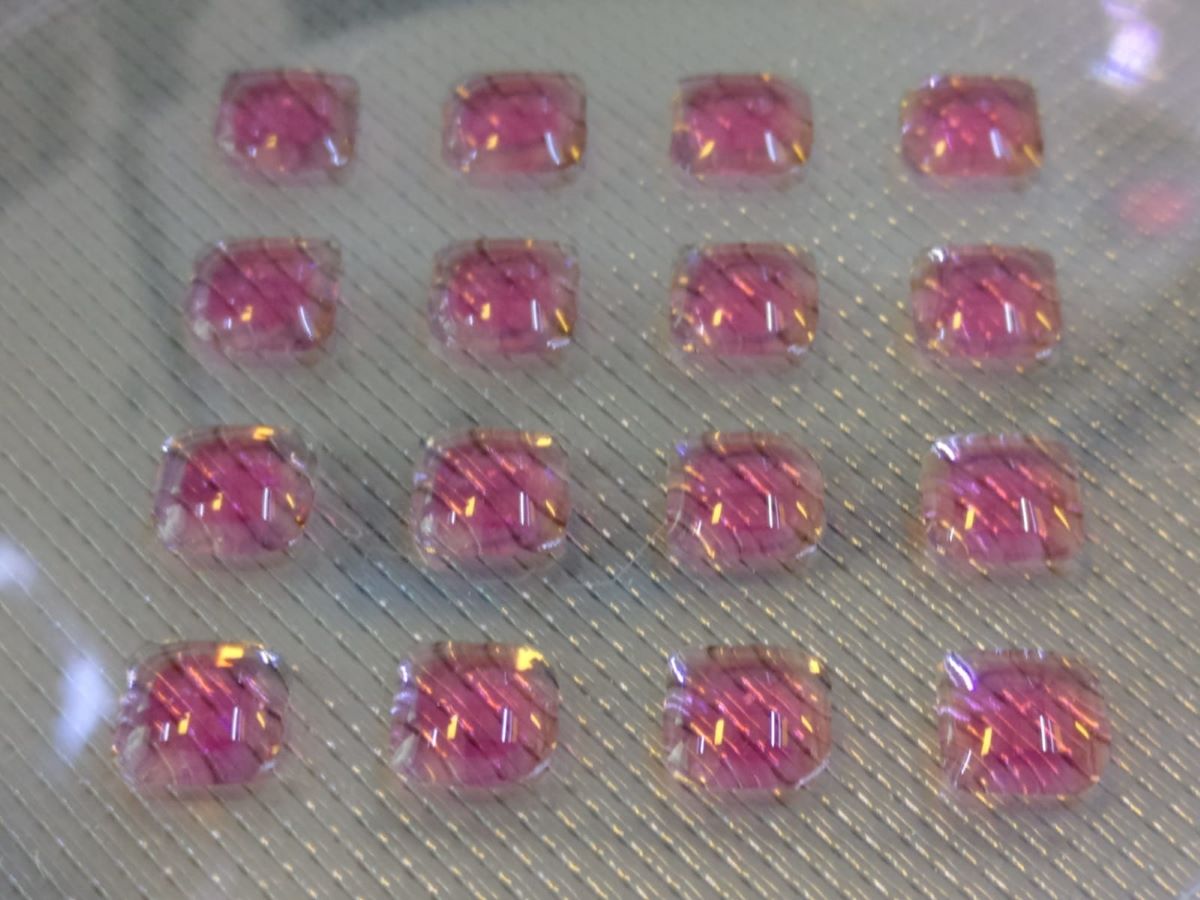By Brinter Ltd.
Brinter® compiles multi-part Guide to Bioprinting
Turku, Finland: – Pioneering modular multi-material bioprinting platform developer and manufacturer, Brinter®, is authoring a comprehensive six-part Guide to Bioprinting.
Part 1 of the ‘What is Bioprinting’ series, posted as blogs on the Brinter® website, covers the History of Bioprinting, tracing the technology back to the birth of 3D printing in the 1960s and evolving into bioprinting with the work of Japanese pioneer Hideo Kodama in the early 1980s.
Bioprinting applications
The first chapter in the series also defines what bioprinting is and its potential applications in medicine and health care.
It shows how computer assisted 3D Bioprinting of living cells and support structures by applying materials in a predetermined form and structure enables creation of living tissue as substitutes, as well as having major implications for pharmaceutical development, by providing means of testing and producing drugs at lower cost and with closer biological relevance.
The article also discusses the potential for bioprinting to provide full bone and skin grafts, organ patches, and even full replacement organs.
About Brinter®
Founded in 2020 via partial demerger in Turku, Finland, Brinter® is the manufacturer of a modular multi-material bioprinting platform scalable from manual R&D to automated production. The company works with science and bioengineering organizations to integrate 3D bioprinting into their research, manufacturing, and treatment methods. The goal is to break through current technological limitations and improve people’s quality of life.
Brinter® has bootstrapped its growth since 2019, when it launched its first product, and is currently active in more than ten countries, including USA, Germany, India, and the UK.
Customers of the company now include bio and pharmaceutical companies like Nanoform, as well as research organizations like VTT, BEST group at the University of Glasgow, Johannes Gutenberg University of Mainz, the University of Oulu, and the University of Helsinki, whose directors are enthusiastic about the technology’s potential.
For more information, visit www.brinter.com.
Resources
Click on What is 3D Bioprinting – Part 1 to start reading series.

















